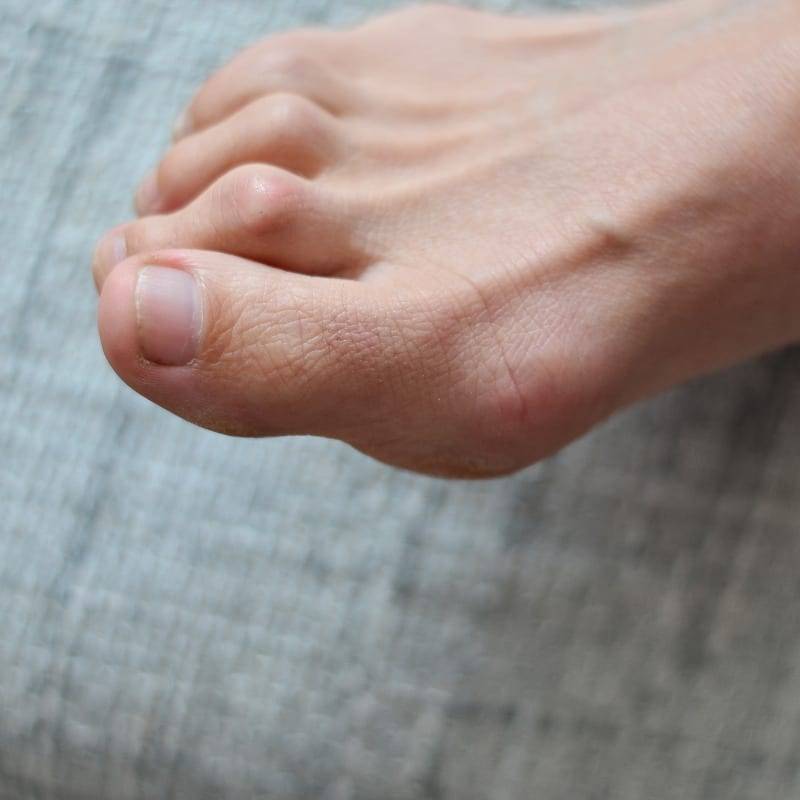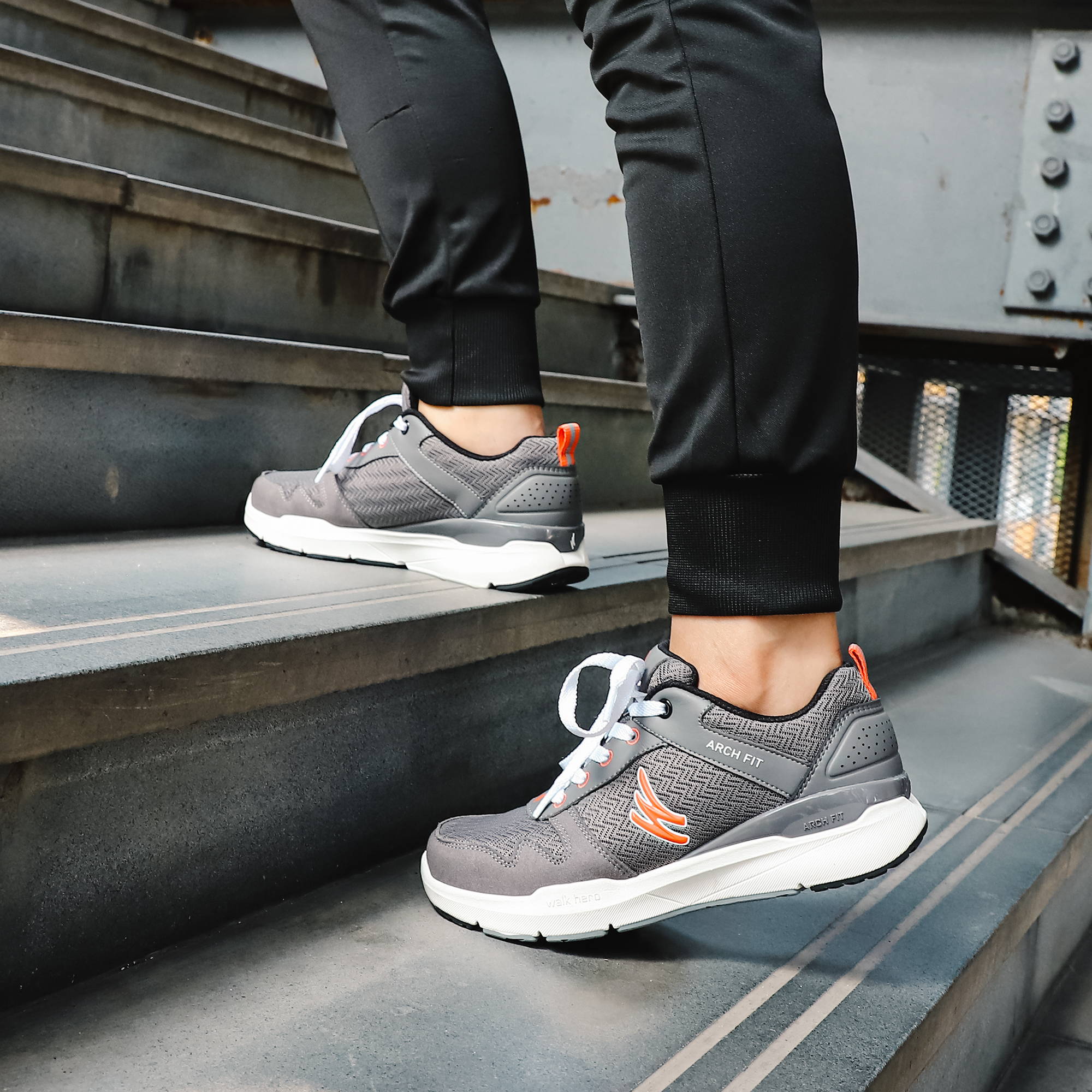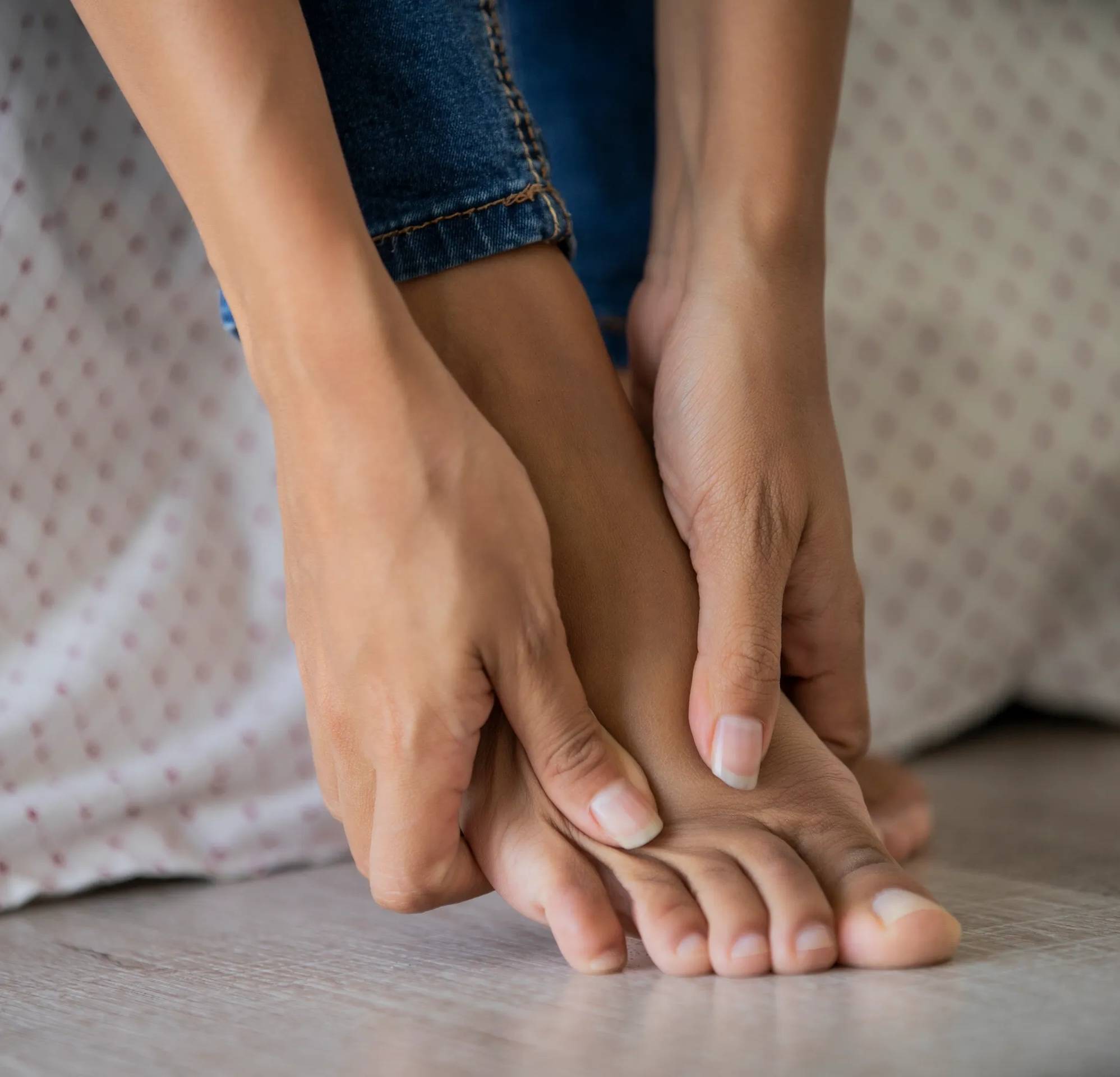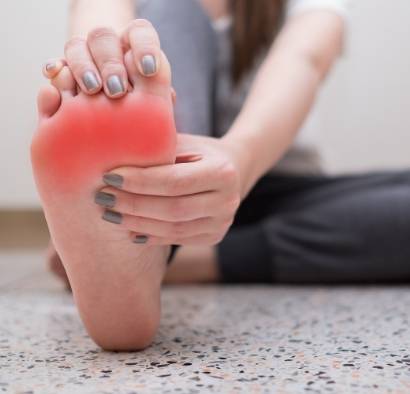What Is Hammer Toe?
Hammertoe is a foot deformity that occurs due to an imbalance in the muscles, tendons or ligaments that normally hold the toe straight. This deformity is more common in women than in men. The type of shoes you wear, foot structure, trauma and certain disease processes can contribute to the development of these deformities.
Variants of hammertoes are known as "Claw toes" or "Mallet's toes".
Mallet toe is a similar condition affecting the distal interphalangeal joint. Claw toe is another similar condition, with dorsiflexion of the proximal phalanx on the lesser metatarsophalangeal joint, combined with flexion of both the proximal and distal interphalangeal joints. A Claw toe can affect the second, third, fourth, or fifth toes.

What Causes Hammer Toe?
Hammertoes and claw toes have multiple causes. Hammer toe most frequently results from wearing poorly fitting shoes that can force the toe into a bent position, such as high heels or shoes that are too short or narrow for the foot. Having the toes bent for long periods can cause the muscles in them to shorten, resulting in the hammer toe deformity. This is often found in conjunction with bunions or other foot problems.
The toe muscles work in pairs; if the muscles pulling in one direction are much weaker than those pulling in the other direction, the imbalance can bend the toe. If the bend persists, then as the tendons and ligaments tighten, the bend may become permanent. Ill-fitting shoes are especially likely to push the toes out of balance.
Toe deformities can also be caused by muscle, nerve, or joint damage, resulting from conditions such as osteoarthritis, rheumatoid arthritis, stroke, complex regional pain syndrome or diabetes.
How To Relieve Hammer Toe?
In the early stages of hammer toe, the toe is still flexible. During this time, nonsurgical approaches can stop the toe from becoming stuck in a bent position.
- Footwear changes. People with early-stage hammer toe should avoid wearing narrow, tight, or high-heeled shoes. Instead, look for flat or low-heeled shoes with a wide and deep toe box to accommodate long or bent toes
- Exercises may also strengthen and stretch the muscles in the feet, which may reduce the imbalance that is causing the hammer toe. Such as picking up small objects with the toes, and gently stretching the toe manually.
- If your hammer toe becomes painful, you can apply an ice pack several times a day. This can help relieve the soreness and swelling. Nonsteroidal anti-inflammatory medicines (also called NSAIDs), such as ibuprofen or naproxen may be helpful. If your pain and swelling are severe, your doctor may need to give you a steroid injection in the toe joint.

Recommended Shoes For
Hammer Toe
The best shoes for hammer toe offer a wide enough toe box so the hammer toe does not receive undue pressure from the side wall of the shoe. WALKHERO's shoes feature extra wide-toe boxes for a roomy metatarsal fit. We chose shoes that are both comfortable and supportive for a positive wearing experience that won't make your hammer toe worse. In addition, our shoes keep the feet secure and supported throughout the day because you don't have to sacrifice quality when selecting shoes for your hammer toe.




